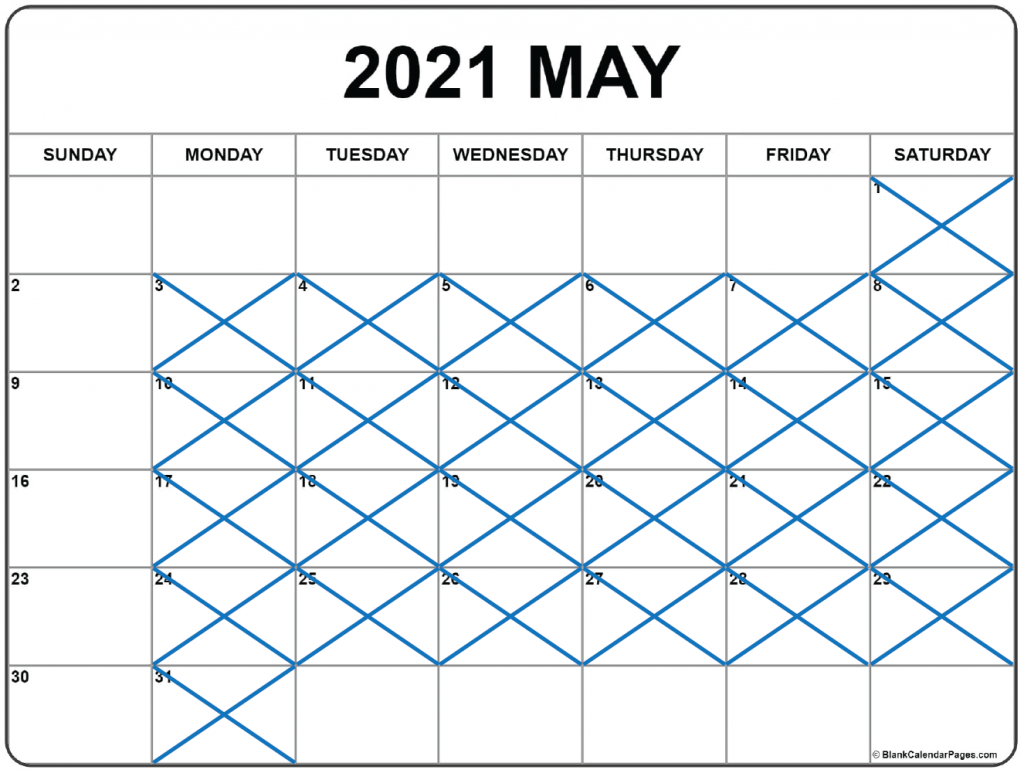Looking back – did May start off with a whimper…?

Like a gender reveal gone wrong, last month’s employment report delivered an unexpected surprise.
Economists estimated 975,000 new jobs would be created in April. The United States Bureau of Labor Statistics (BLS) reported there were just 266,000. That’s a big miss. Economists, analysts, and the media offered a wealth of theories to explain the shortfall. These included:
Pandemic fear. A March U.S. Census survey found 4.2 million people aren’t working because they fear getting or spreading the coronavirus. That’s more than half of the 8.2 million non-farm jobs that need to be recovered to reach pre-pandemic employment levels.
Too-generous unemployment benefits**. Another theory is federal unemployment benefits ($300 a week) have created a labor shortage. The theory is being tested. Last week, Montana announced it will no longer participate in federal unemployment programs. Instead, it will offer a $1,200 return-to-work bonus..
Low pay – Some say Americans are less willing to work for low pay than they were before the pandemic. Christopher Rugaber of the AP interviewed a Texas staffing office manager who reported job seekers are turning down jobs that pay less than unemployment benefits.
A former retail worker said, “The problem is we are not making enough money to make it worth it to go back to these jobs that are difficult and dirty and usually thankless. You’re getting yelled at and disrespected all day. Observation – Supply and demand is a law of nature. The markets set wages and retail work is no different. Too much demand chasing too little supply? If the answer is yes, look for wages to rise (wage inflation).
Lack of Childcare – Many women who want to work left jobs during the pandemic to care for children. The April employment report showed a slight decrease in the rate of unemployment for adult women; however, it resulted from women giving up on job searches rather than finding work. The Institute for Women’s Policy Research reported, “…more women continued to exit rather than enter the workforce: 165,000 fewer women had jobs or were actively looking for work in April than in March. A thought – would opening schools allow more woman to return to work?
Quirky data. Statistical distortions or seasonal factors could be responsible. The more time the market has to digest these reports, the more the reports seems a bit of an anomaly relative to other data. Other data showed 742,000 new jobs in April. The report reflects real-time data on one-fifth of U.S. private payroll employment so this may be closer to the actual goings on in the marketplace. We shall see the truth and it won’t take long.
Rethinking work. “There is also growing evidence – both anecdotal and in surveys – that a lot of people want to do something different with their lives than they did before the pandemic. The coronavirus outbreak has had a dramatic psychological effect on folks, and people are reassessing what they want to do and how they want to work, whether in an office, at home, or some hybrid combination,.
U.S. financial markets shrugged off the news. The Standard & Poor’s 500 Index finished the week at a record high, and 10-year Treasury rates finished Friday where they started. Could it be that the investment markets are running on the same fresh cash that is allowing people to remain at home rather than a search for employment?
Now that the May is over, standing by if you’d like to discuss the outlook of next month.